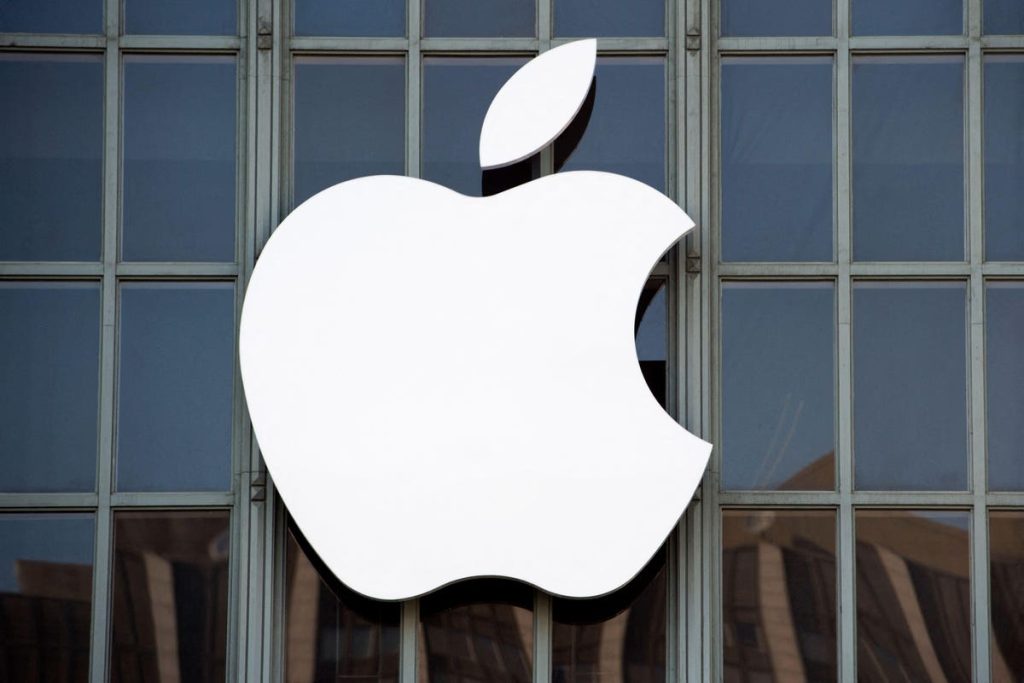On June 5, 2023, Apple announced new health features in iOS 17, iPadOS 17, and watchOS 10, expanding into mental health and vision on the Health app.
The new mental health features empower users to record their emotions and moods, while the new vision health features promote healthy behaviors to help minimize the risk of myopia.
The latest Apple software announcement doesn’t revolutionize healthcare. Instead, it stimulates incremental progress for consumers who don’t require extensive healthcare services due to their proactive approach to monitoring and self-care.
Mental Health
In 2021, the National Institute Of Mental Health estimated that AMI (Any Mental Illness) affected 57.8 million adults aged 18 or older in the United States, accounting for 22.8% of all U.S. adults.
In iOS 17 and iPadOS 17, the Apple Health app and the Mindfulness app in watchOS 10 offer users an engaging and intuitive platform to reflect on their mental state. Users can engage with multidimensional shapes, scrolling through them to express their feelings, ranging from pleasant to unpleasant.
During my discussion with Keena Pace, Chief Operating Officer for The Harris Center, she expressed optimism about the future of technology in mental health: ” Over the last few years, we’ve seen an increase in the development of technology to support accessibility of innovative mental health care.”
Apple users can discover valuable insights within the Health app that may reveal factors contributing to their states of mind, like associations or lifestyle elements like sleep or exercise. Users can then apply these insights to enhance their overall health management.
Vision
Over 34 million Americans aged 40 and older, or 23.9% of that population, have myopia.
Eye care providers recommend two critical behaviors in children to help reduce the risk of myopia. These behaviors are spending more time outdoors in daylight and increasing the distance they view something like a device or a book.
With watchOS 10, Apple Watch can now measure the time users spend in daylight using its ambient light sensor. Users can check their sun exposure time detected by their Apple Watch in the Health app on iOS 17 and iPadOS 17. Using Family Setup, children can link their Apple Watch to their parent’s iPhone, enabling parents to track their kids’ exposure to daylight via Health Sharing.
The new Screen Distance feature on iPhone and iPad uses the TrueDepth camera to remind users to move their devices farther away after holding them closer than 12 inches for an extended period. Studies show that viewing a device or a book too closely can cause myopia. Screen Distance can help younger users engage in healthy viewing habits that lower their risk of myopia while helping adult users reduce digital eyestrain.
Future Of Apple Health
Apple Health offers an excellent platform for people to manage their health proactively, yet the population who need healthcare the most often don’t utilize these services.
The Kaiser Family Foundation surveyed that roughly half of U.S. adults struggle to afford healthcare. The cost issue has caused approximately 40% of U.S. adults to delay or forego medical care in the past year. This burden of high healthcare costs falls disproportionately on uninsured adults, Black and Hispanic adults, and individuals with lower incomes. In each of these groups, a more significant proportion of U.S. adults avoided or delayed medical care due to costs.
Apple hardware, while featuring technology enhancements that could significantly help people manage their health, unfortunately, remains expensive and not within reach of the target population who needs the devices to manage their health proactively.
Read the full article here










